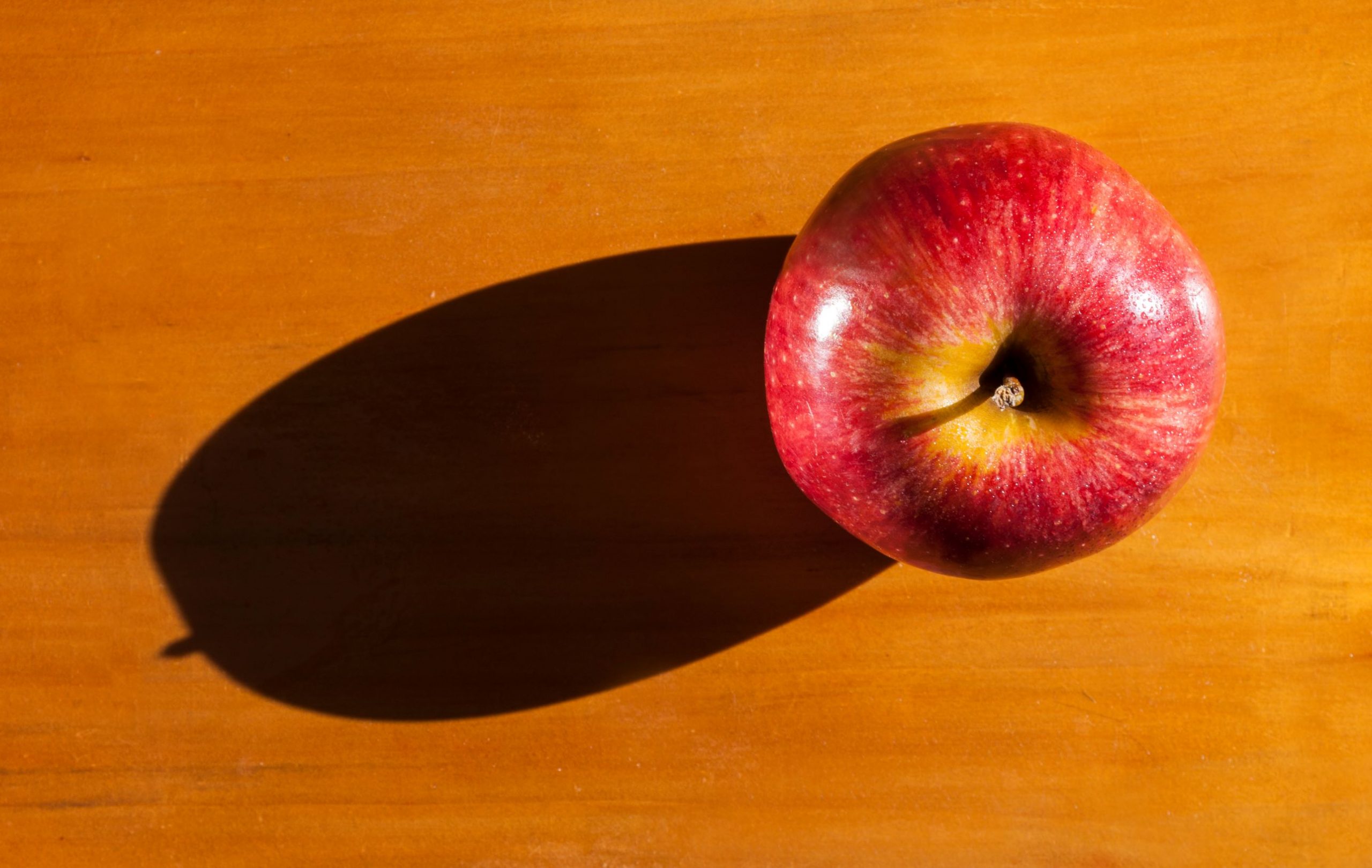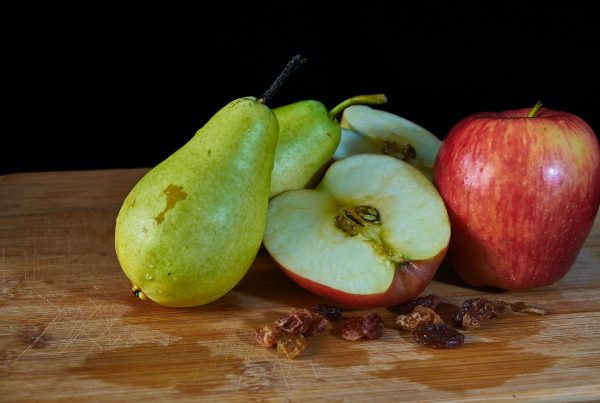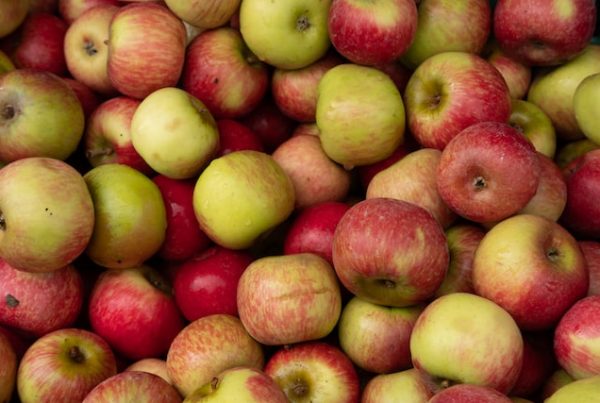Newsletter 125 – 10.11.2021
Southern apples have conquered all the northern markets and traditional varieties are currently being marketed, such as the bicolored ones and the new patented ones. But within this diversity, success is mainly focused on a group, which is the Galas, as well as on a region, which is the Far East.
Countries: Chile is the world's third largest apple exporter, surpassed only by China and the USA. But in recent years, the Chilean apple sector suffered production and structural problems, reducing its exports. From exporting more than 800,000 tons, it went to the current 600-650,000 tons. This decrease was also noticeable in the balance of the southern hemisphere. From contributing almost half of the southern apples that are exported, it went on to participate with 35%. Also the other South American countries, although with much smaller participation, suffered retractions. Both Argentina and Brazil have apples that, due to their quality or variety, are no longer demanded by the large northern markets. Added to this is a national policy that frequently does not encourage exports and an important domestic market, which absorbs large volumes. In recent years, the contribution of Argentina and Brazil within southern exports did not reach 10%.
On the other hand, the two big winners in the apple world were New Zealand and South Africa. Its exports grew by 30 to 40%. Thanks to this, they currently participate with 22% (New Zealand) and 30% (South Africa) of the total exported by the southern hemisphere.
Varieties: also in this case there are varieties that advanced, others that fell back and others that remained stable. Among the winners, the Gala stands out, and in second place the Pink Lady. It is incredible how the Gala has conquered the markets, being currently the most exported apple to Europe, North America and Asia. We estimate that almost half of the southern trade corresponds to this variety. Especially in Asia it is very popular. About 2/3 of the apples imported by Asian countries are Gala. In the USA it contributes 50%, in Europe 40%. Only in Latin America and even more so in Africa, its incidence is lower.
La Pink Lady is a variety that in a few years conquered the world. Europeans are the most enthusiastic, where currently a third of southern imports correspond to the Pink Lady. It is also finding supporters in other regions, such as Latin America or North America, but its incidence is still low.
La Fuji is liked in some markets, such as the USA and Asia. There is a growing trend, although less marked than in the Gala or Pink Ladies.
In other apples the expectations of a few years ago were not met. Such is the case with the Braeburn, which has good demand in the European market, especially in Germany and England, which have been buying large and stable volumes for years. Outside of these countries, it is an apple that does not arouse enthusiasm and it is practically not marketed. Another case is the Cox Orange, which directly disappeared from the exportable supply.
Among the more traditional varieties, there is a decline in the Red Delicious. This is longed for by Latin American countries that appreciate it for its sweetness. Some volumes are also shipped to North America. But its importance decreased significantly. The two other “old” apples, such as Granny Smith and Golden Delicious, show stable commercialization. The Granny apple, although with limited volumes, maintains its participation in the USA, Europe and some Asian countries, while the Golden variety is highly sought after in Africa. The volumes shipped outside the African continent are minimal.
Destinations: as with other fruits, trade in the southern hemisphere originated with shipments to Europe. The goal was to supply Europe during the counterseason. But interest in southern fruit decreased and in some cases, such as apples, this was very marked. The increase in own production and improvements in conservation led Europeans to require fewer and fewer imported apples. The 600.000 tons shipped more than 10 years ago were reduced to 350-400.000 tons today. A similar situation is taking place in the USA, where, also faced with an increase in local production, imports decrease gradually.
Therefore, the decision of which variety to plant depends largely on where to export. In addition, the classic markets are the ones that are retreating, increasing the importance of the regions that were previously considered secondary.







